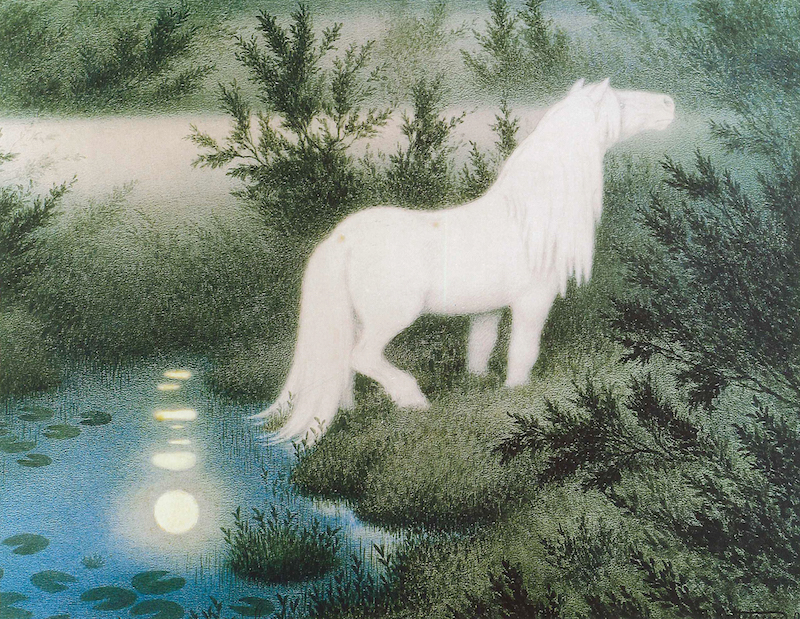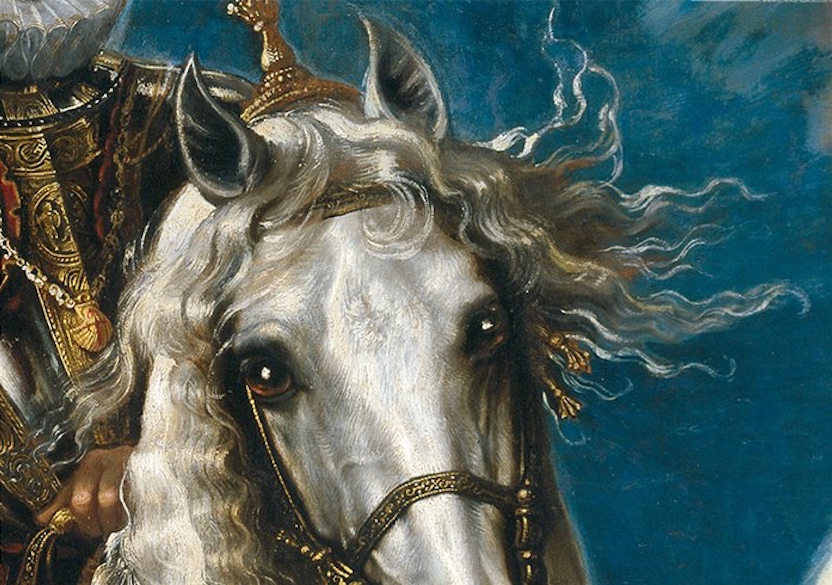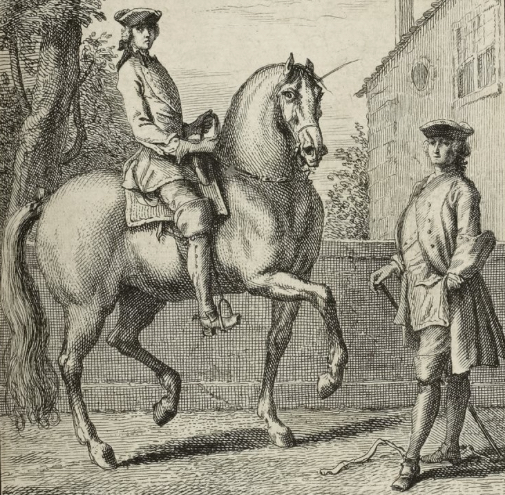
(© Kip Mistral 2003. Two part interview article first published in California Riding Magazine. Detail from “The Prince Riding in the Moonlight” by John Bauer, 1914.)
“I remember one day after several years of study, during which I thought I was progressing quite nicely, my teacher said, ‘Riding dressage is not like playing tennis. You can make your body learn the techniques and make your head learn the movements, but the dressage comes from inside of you. You really need to develop your inner life.’ This was a turning point in my life, a quantum leap in my conscious process. I began to understand that people rode the way they were, mentally, emotionally, spiritually, and that was why horses performed differently for different riders. As we open ourselves up to transformation, our riding improves.” ~ Dressage in the Fourth Dimension
Sherry Ackerman is a Mount Shasta, California based, European-trained classical rider and trainer who, incidentally, holds a PhD in Philosophy. Her fascinating book Dressage in the Fourth Dimension explores her ultimate ideal for riding and the horse/human relationship. She calls it the Fourth Dimension, essentially the merging of two entities in a higher plane of spirit that moves outside their individual existences.




